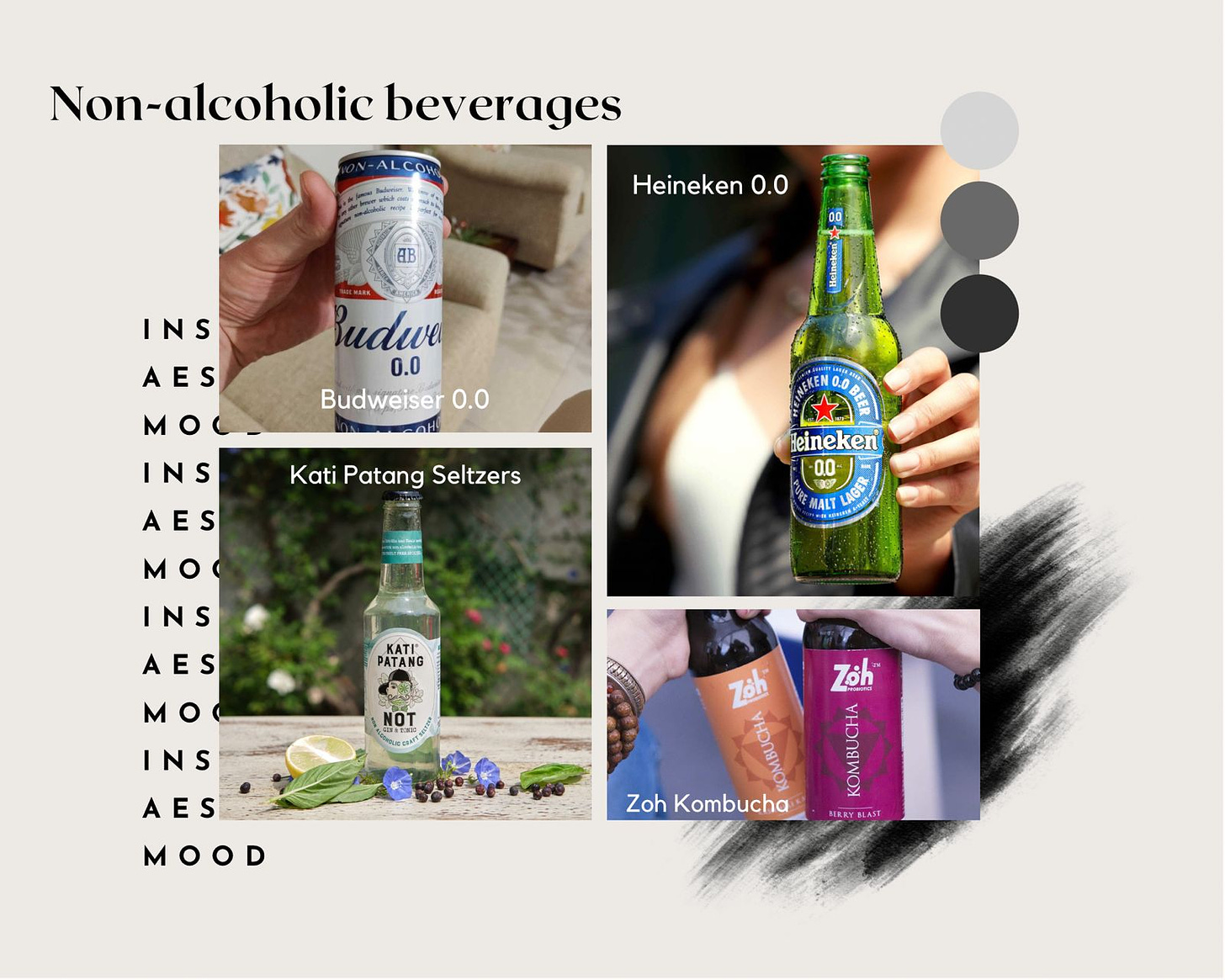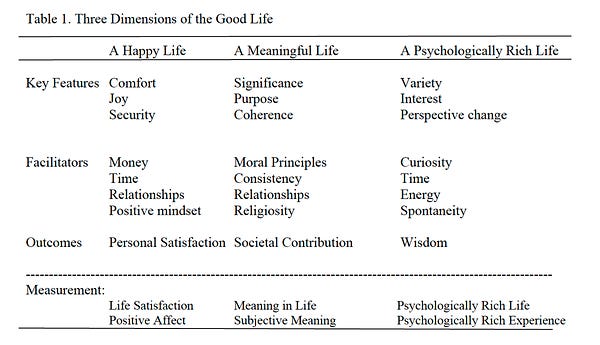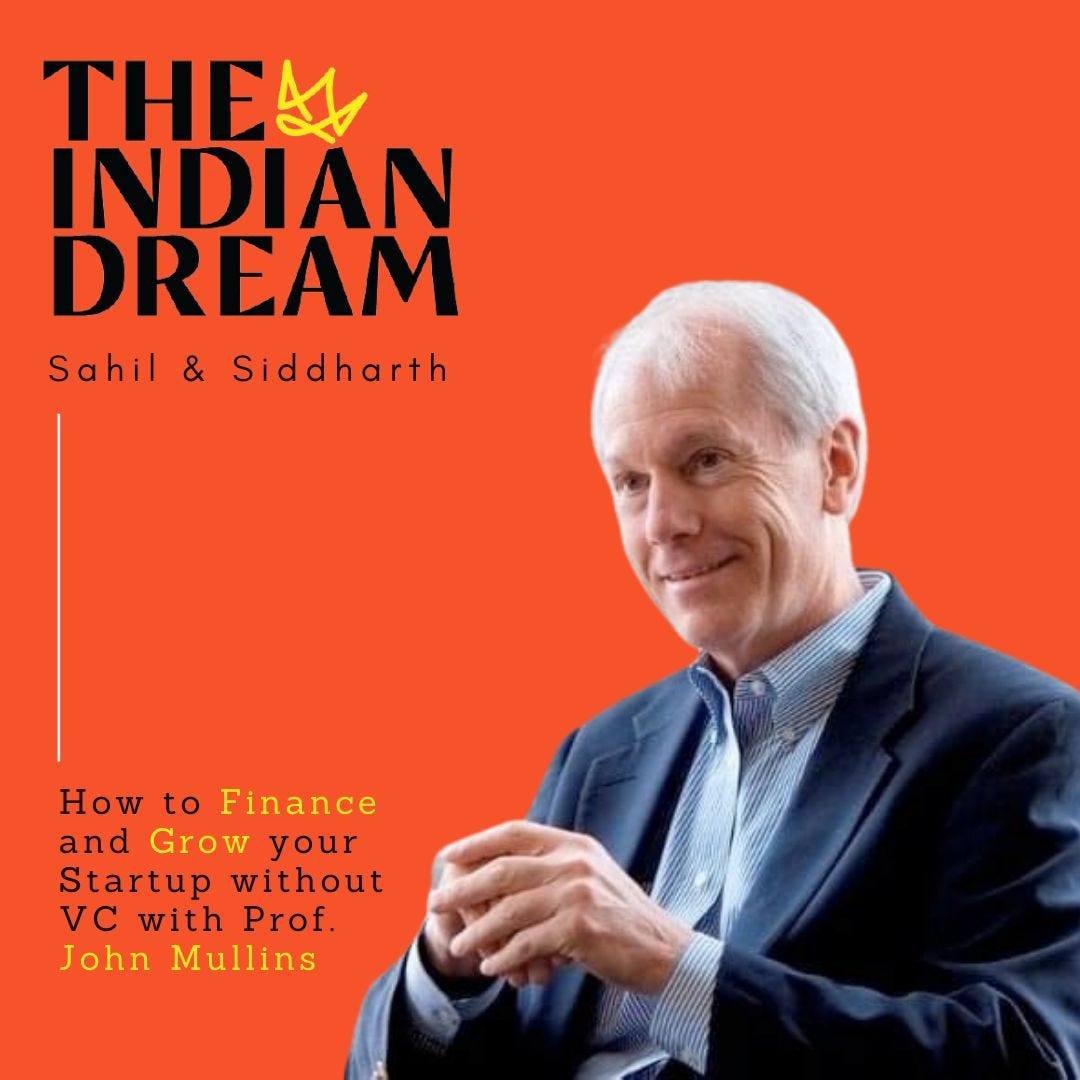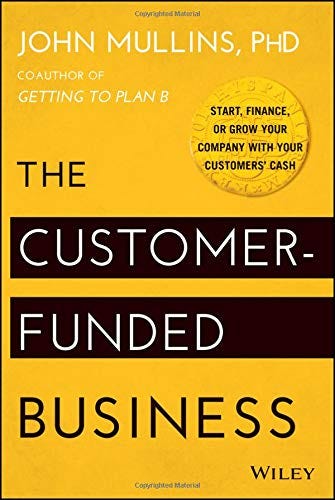Each week we share business ideas and opportunities that you can use to build your next big business. You’ll also find tweets, articles and a lot more to keep you updated on the latest business trends.
This week you will find:
How the Ultra-Wealthy Invest - Tiger21
Non-Alcoholic Beverages 🍻
TID’s 3-2-1 (3 Tweets, 2 Articles, 1 Podcast)
Book Recommendation
How the Ultra-Wealthy Invest their Money - Tiger21
Would you defend all your investment decisions in front of your friends? Comment and tell us before you read ahead!
That sounds pretty painful but its exactly what some of the richest people do to keep investing and growing their wealth.
Say Hello to Tiger 21.
Tiger 21 is a global peer network of high net worth (HNI) individuals, where they come together and discuss investment strategies. It is an elite club that requires you to have at least $10 million in investable assets.
Every month, 12-15 group members meet and discuss their investment portfolios, future plans and other investment options. In a process called Portfolio Defense, all of them have to put forth a strong case for every decision in their investment portfolio. The grilling and cross-questioning is so intense that members sometimes exit the group just hours before their Portfolio Defense.
The sole purpose of this exercise is to enable the members to make smart investment decisions. The collective wisdom of the group enables “wealth preservation” through passionate exchange of ideas, constructive criticism, helpful tips, valuable insights, and so much more. The whole process goes on to show the importance of a social group in nudging you towards progress.
In addition to the portfolio defense, Tiger 21 helps with access to latest reports and experts, estate and will planning, access to a peer community, and events that can help you become a smarter investor.
Currently, the aggregate portfolio of these investors is $90 billion. They obviously know something we don’t.
Before we talk about the opportunities, we want to share some of the lessons that we found from researching Tiger 21.
4 Lessons from the Ultra Wealthy & Tiger 21
Entrepreneurship is the Route to Wealth: 60-80% of the members of Tiger 21 made their money through entrepreneurship. Making $10’s of millions is rare through a professional career.
The Wealthy Focus on Wealth Preservation, not Wealth Creation: Behaviors to preserve wealth are very different than behaviors to create. These UHNIs are on preservation mode. The members of this club invest more in private equity, real estate and other safer asset classes.
The Wealthy keep 10+% of their Assets in Cash: They always have cash on hand. Significant amounts of cash. It used to be 12% of their total assets on average, but during Covid, that number went up to 19%. Why keep cash? An interesting investment might pop up. It also acts as an emergency fund. How much of your net worth do you keep in cash?
Network is your Net Worth: Social connections are super important. If you don’t have peers that will push you to your limits and help you grow, are you even in the right circle? A strong organic network can help you make more money and guide you towards smart financial decisions. Tiger21 is a great example of the importance of network, especially for investing.
So, what are the opportunities in India?
Traditionally, Indians have invested mostly in real estate and gold. The sudden influx of investment opportunities tends to baffle a lot of people. We’re already seeing dozens of content creators helping people understand these concepts in their local language. Vivek Bajaj for example has 500k+ subscribers on YouTube for his Hindi language finance guides - you can listen to our Podcast with him.
There are ~2.5 lakh HNIs in India. All these people are potentials to create trust groups of 12-15 people who can openly discuss their investment strategy. Organisations like Ascent Foundation are already showing the viability of Indian-ising internationational organisations like EO & YPO.
Building a tech-led platform where you can anonymously share your portfolio and defend it! You need not share actual numbers, even percentages can be helpful in building the initial trust and kick-starting the whole process.
Non-Alcoholic Alcohol - Hangover-Free Days Ahead 🍻
One of the biggest trends between the previous generation and Millenials/Gen Z is the move towards healthy options for all kinds of food and beverage. We’ve seen this with the rise of healthy snacks all over India like YogaBar, SoulFull, Whole Truth Foods and others. The same shift is happening in the Alcohol industry - younger generations are looking for healthier options. In fact, a study by the investment firm Berenberg, found that Gen Z are consuming 20% less alcohol per capita compared to millenials.
As a solution, the biggest alcohol brands in the world came up with non-alcoholic beverages. Heineken & Budweiser have launched their own version of Non-alcoholic beers. Globally, the market for non-alcoholic beer is already close to $10 billion and is expected to reach $25 billion by 2024.
This switch is happening in India too. According to a survey by Mintel, 38% of Indians wish to switch from standard-strength beer to low- or no-alcohol versions. This trend is especially prominent among younger consumers in the 25-34 age group — 41% of young beer drinkers are willing to switch to low/ no-alcohol beers.
Brands like Sepoy & Co. (our Podcast with Sepoy), Coolberg, Svami and Jade Forest are capitalising on this demand and introducing a large range of non-alcholic mixers and finished drinks like the image above.
So, what’s the opportunity?
In his quest to quit alcohol, Siddharth has experimented with most of the non-alcoholic beverages that are available in India. He found that most of these drinks in India do not taste good, and they contain HIGH quantities of sugar. For people switching to non-alcohol for health reasons, that may be counter-productive. We expect that in the next 5-10 years, demand for healthier and tastier versions will increase, and this is the right time to find alternatives to alcohol that are as ‘cool’ and ‘exciting’ to drink while being healthier.
Coming up with alcoholic drinks that do not harm your health and/ or cause horrible hangovers. In fact, a bar in Sydney has recently come up with an idea to create drinks that reduce hangover symptoms. Just infuse them with quality anti-oxidant-rich grapes. This way you can enjoy the wine guilt-free! Similar formulas and such new discoveries could be a niche market to foray into.
3 Tweets of the Week 🐦
How are you trying to find your own ‘Good Life’?
Zapier is one of the most important tools that runs the modern internet that you’ve probably never heard of. This thread provides a basic introduction to Zapier and how anyone can use it to build process flows easily.
ROAS or Return on Ad Spend is the most important metric for Facebook, Google and Instagram ad spending. D2C brands have been complaining for the last year that their ROAS has been dropping like a rock because of Apple’s privacy change. But maybe you can get better?

2 Articles of the Week 📰
From 5 Months of Cash to $2 million in 18 Months - A really interesting story by Ankur Warikoo on how he completely re-invented himself and built a business centred around his brand in just 18 months. I only wish the story was longer. This a great read for:
People looking to re-invent their Careers - it provides the motivation to quit and follow the path you were looking to get into.
Content Creators - it provides a framework on how to build a large following and business through the power of content.
How South Korean TV took over the world - Squid Game, Hellbound, Silent Sea, Parasite, Train to Busan, The Host - we can go on with all the amazing movies and TV shows coming out of South Korea. This list doesn’t even include the impact of Korean Pop (K-Pop) music through bands like BTS. But how has a country of barely 50 million people done this? “The boom is no bubble, but rather backed by an industry that has been developing for many decades”. India already has one of the strongest base for media production in the world - how can we globalise this even further?
1 Podcast of the Week 🎙️
How to Finance and Grow your Startup without VC Money with Prof. John Mullins by The Indian Dream - we invited John Mullins, Professor of Entrepreneurship at the London School of Business, to the show because we loved his book ‘The Customer Funded Business’. In a world dominated by conversations on how to get VC funding, we have the complete opposite conversation in this episode. Prof. Mullins provies 5 different frameworks on how businesses can increase the amount of cash in the bank. If you like what he talks about, you can check out Prof. Mullins course on Coursera on how to Grow your startup without VC Money.
TID’s Book Recommendation of the Week
The Customer Funded Business by John Mullins
We wrote about this book in early December, 2021 but thought it would be appropriate since we’ve just released an episode with the author, Prof. John Mullins. Here’s what we wrote last time:
Everytime I evaluate a new business idea for our business munchies episodes or talk to a new founder, I always look at the ideas & business models through the lens of this book. John Mullins provides a fantastic framework on how to build a bootstrapped business.
There are five customer-funded business models that John describes:
Service-to-product - my favourite bootstrapped model. Start a service business to pay the bills while you build a product for the big scale-up. Basecamp, Map My India and many other businesses were started this way.
Pay-in-advance - Ask your customer to pay in advance while you build the product. Tesla is the best example of this model. Tesla had 600,000 pre-orders for the CyberTruck in 2020 costing $100 per pre-order. That means that they had $60 million with which they could buy raw materials, build out factories and build manufacturing processes without looking for outside funding.
Subscription - Simple and effective subscription revenue. The foundation of the SaaS revolution.
Security/Flash sales - products sold in a limited availability. Popular a decade ago, still useful for certain use cases.
Matchmaker - bringing buyers & sellers together and making a commision.
That’s it from us this week! Share this with your friends, family and colleagues who want to stay on top of Market Trends and Business Ideas & Opportunities!
Until next week!
Sahil & Sid














